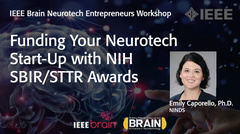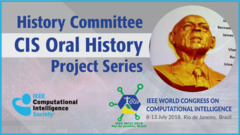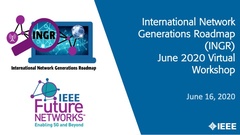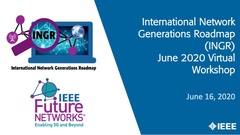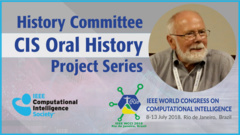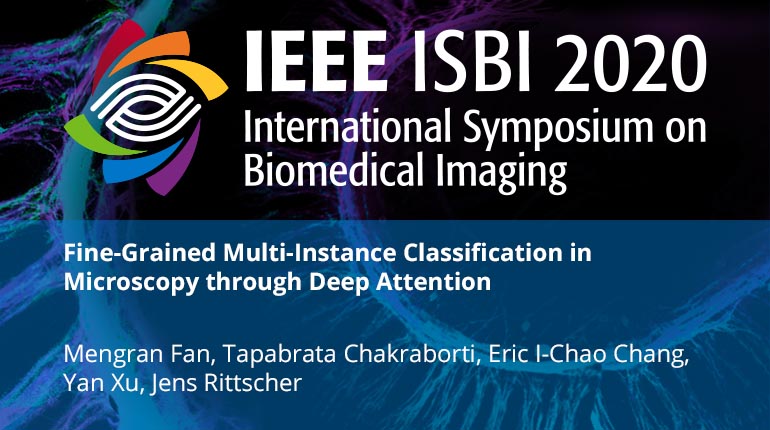
Already purchased this program?
Login to View
This video program is a part of the Premium package:
Fine-Grained Multi-Instance Classification in Microscopy through Deep Attention
- IEEE MemberUS $11.00
- Society MemberUS $0.00
- IEEE Student MemberUS $11.00
- Non-IEEE MemberUS $15.00
Fine-Grained Multi-Instance Classification in Microscopy through Deep Attention
Fine-grained object recognition and classification in biomedical images poses a number of challenges. Images typically contain multiple instances (e.g. glands) and the recognition of salient structures is confounded by visually complex backgrounds. Due to the cost of data acquisition or the limited availability of specimens, data sets tend to be small. We propose a simple yet effective attention based deep architecture to address these issues, specially to achieve improved background suppression and recognition of multiple instances per image. Attention maps per instance are learnt in an end-to-end fashion. Microscopic images of fungi (new data) and a publicly available Breast Cancer Histology benchmark data set are used to demonstrate the performance of the proposed approach. Our algorithm comparison suggests that the proposed approach advances the state-of-the-art.
Fine-grained object recognition and classification in biomedical images poses a number of challenges. Images typically contain multiple instances (e.g. glands) and the recognition of salient structures is confounded by visually complex backgrounds. Due to the cost of data acquisition or the limited availability of specimens, data sets tend to be small. We propose a simple yet effective attention based deep architecture to address these issues, specially to achieve improved background suppression and recognition of multiple instances per image. Attention maps per instance are learnt in an end-to-end fashion. Microscopic images of fungi (new data) and a publicly available Breast Cancer Histology benchmark data set are used to demonstrate the performance of the proposed approach. Our algorithm comparison suggests that the proposed approach advances the state-of-the-art.
 Cart
Cart Create Account
Create Account Sign In
Sign In
